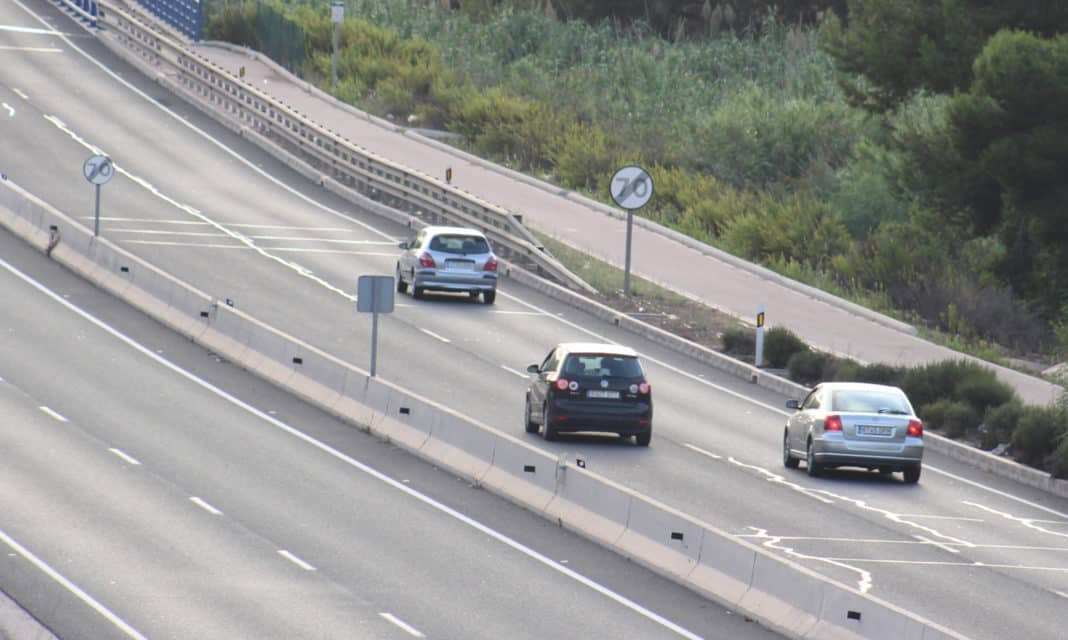José Miguel Sánchez Flores has been working as a taxi driver in Orihuela Costa since 1999 in which time he has received at least three fines for driving at more than 80 kmh along the N332 through Campoamor.
Each fine has cost him 100 euros and speaking to the Spanish press he said he doesn’t rule out more in the coming days.
“I know there are many people who are being fined as they travel along this same stretch of road,” he said, with several of his colleagues and many residents of the coast also receiving fines for traveling at more than 80 kilometres per hour. In his case, he already adds three violations, each of them of 100 euros.
However, he plans to challenge the sanctions because he insists that the signage is not correct. Specifically, there is a sign that indicates the end of the 70 kilometres per hour limit, so from then on, on a road with such signage, with a double carriageway and a hard shoulder that is one and a half metres wide, traffic is allowed to travel at 100 kilometres per hour. There are no signs that indicate otherwise.
However, Sánchez Flores says that the three fines imposed on him, as have also been the case with other drivers, indicate that “there is a specific limitation set by the signal”, when this is not the case. He states that the “infractions” were committed on September 17 and 18, adding that the radar cameras have been connected since mid-September and that the prosecutions since then have been regular and considerable.
For this reason, he insists that if the authorities wish to limit the speed to 80 kmh along that particular section, the General Directorate of Traffic must sign it accordingly, because “fines are being imposed for travelling at the speed that the road allows” given its characteristics, he argues while emphasising his experience behind the wheel as a professional driver for over 23 years.
Unfortunately, however, José Miguel seems unaware that the law changed in January of 2019, when new maximum permitted speed limits came into force on the secondary road network in Spain.
The differing speed limit, dependant on the width of the hard shoulder, was removed, and the generic maximum permitted speed limit was set at 90 kilometres per hour, reducing it from the previous 100 kmph, on roads where no other restrictions are in force, in other words, where there are no signs.
From that point on, the 100 kilometre per hour limit was an exception, which, if it applied, would be clearly signposted, as is the case on the modernised N-332 as it passes Benidorm, for example.
So, unlike his assertion, the maximum permitted speed limit on the stretch of road in question is not 100 kilometres per hour, as he suggests, but the generic limit of 90.
He is correct though, that if the road authorities wish to limit the road to 80, then it must be signposted.
He also describes the N-332 as it passes through Torrevieja as insufferable. While still waiting for the improvements that have been promised, he states that he cannot offer a good service to clients who go, for example, to the Alicante-Elche airport, whilst remembering also the difficulties and traffic jams that the ambulances have to endure as they travel to the University Hospital of Torrevieja.





